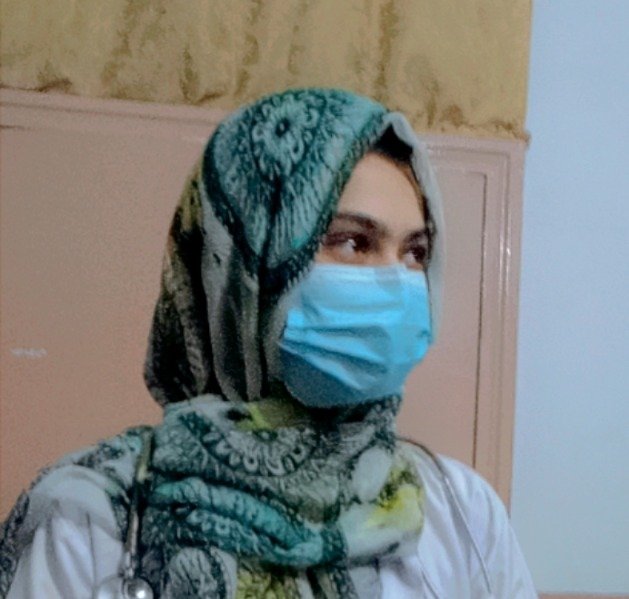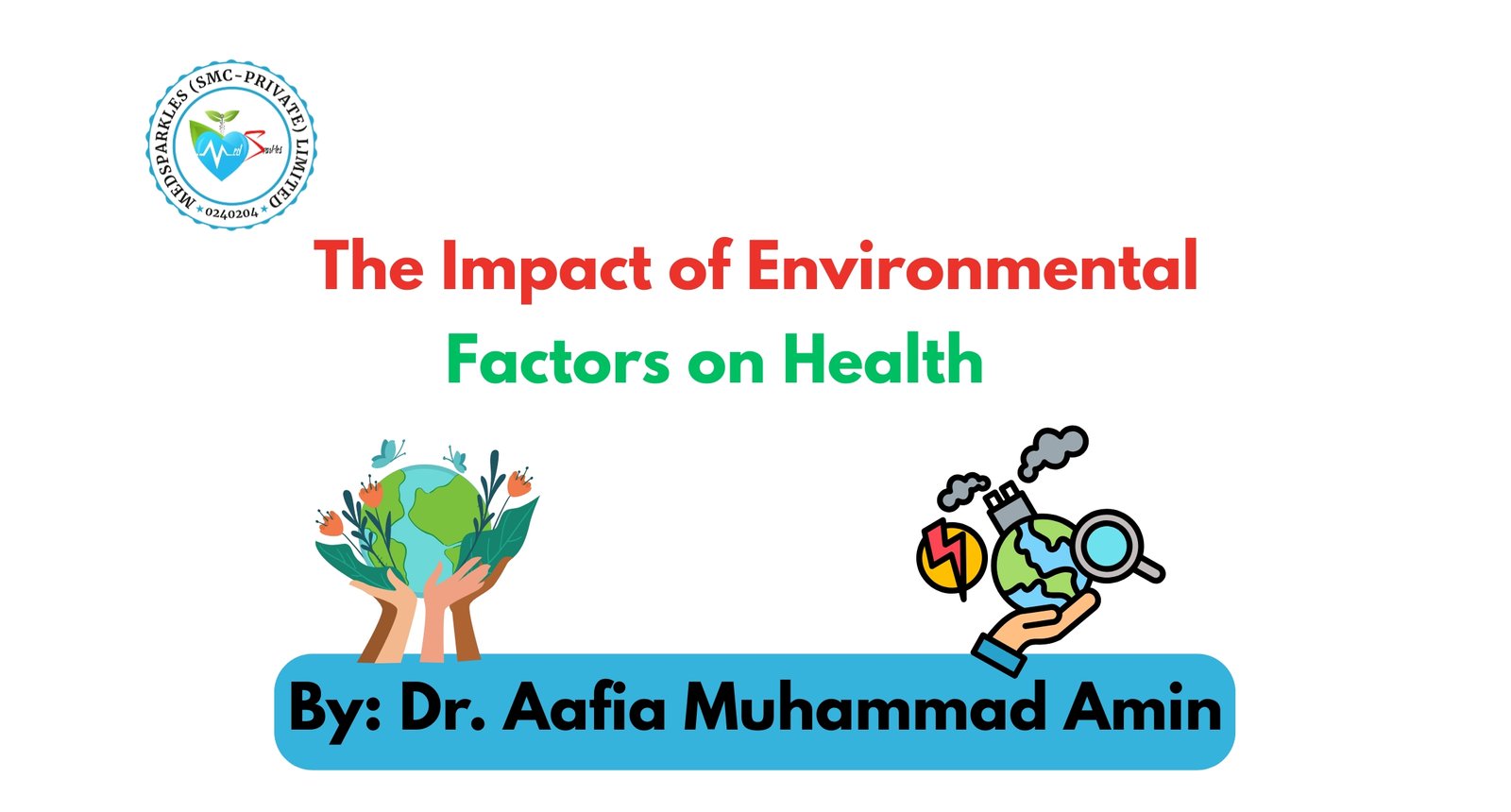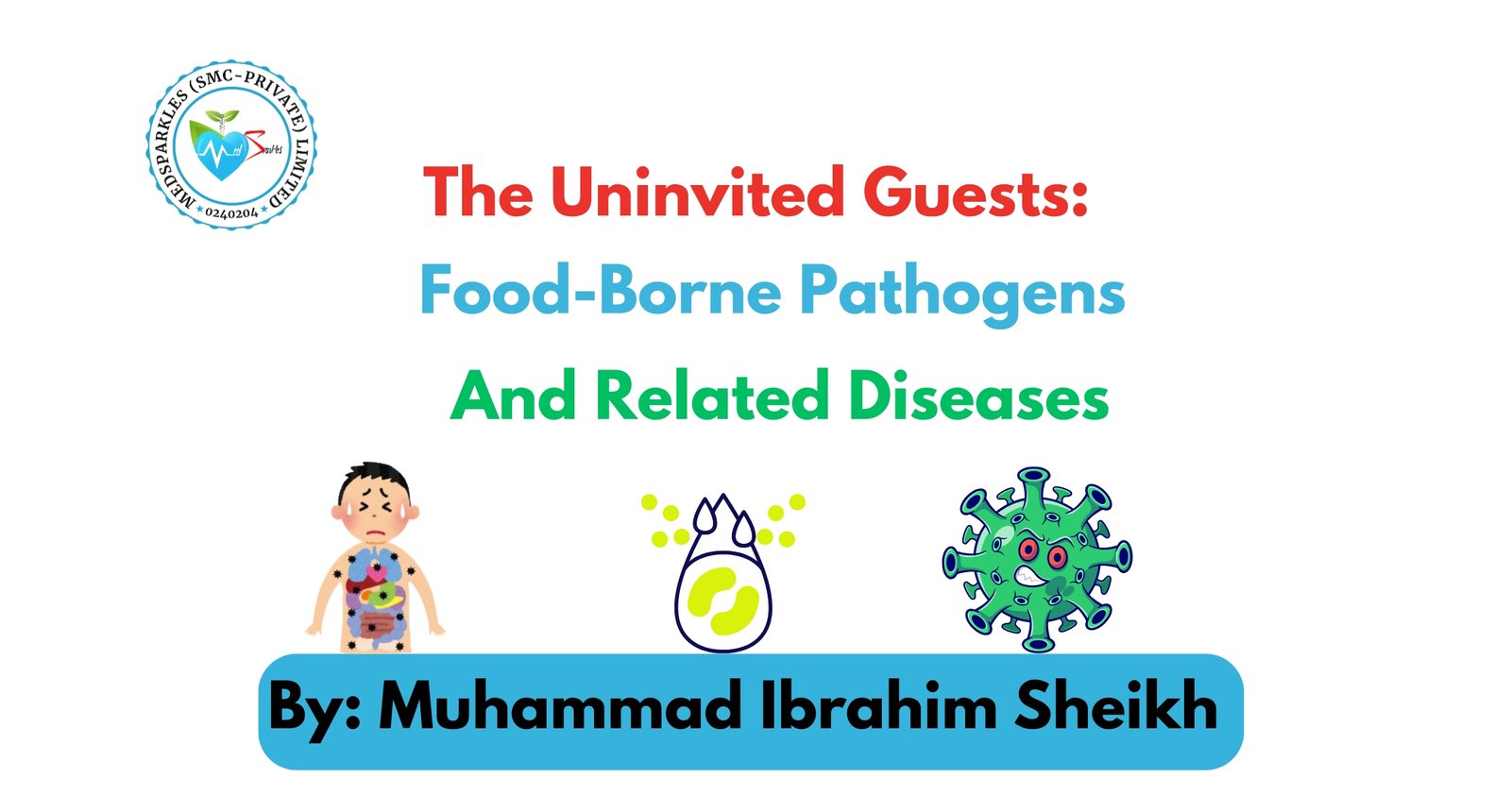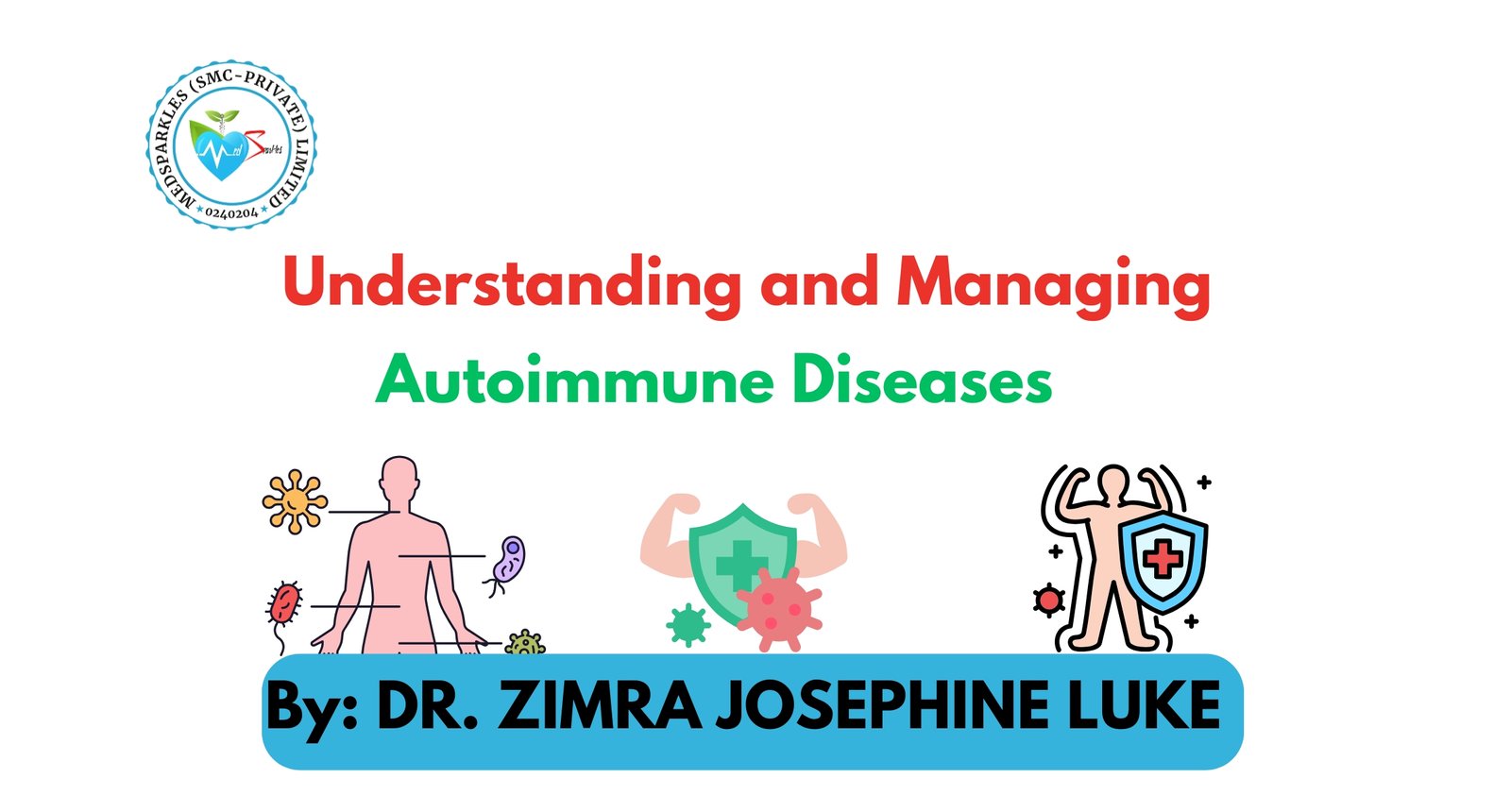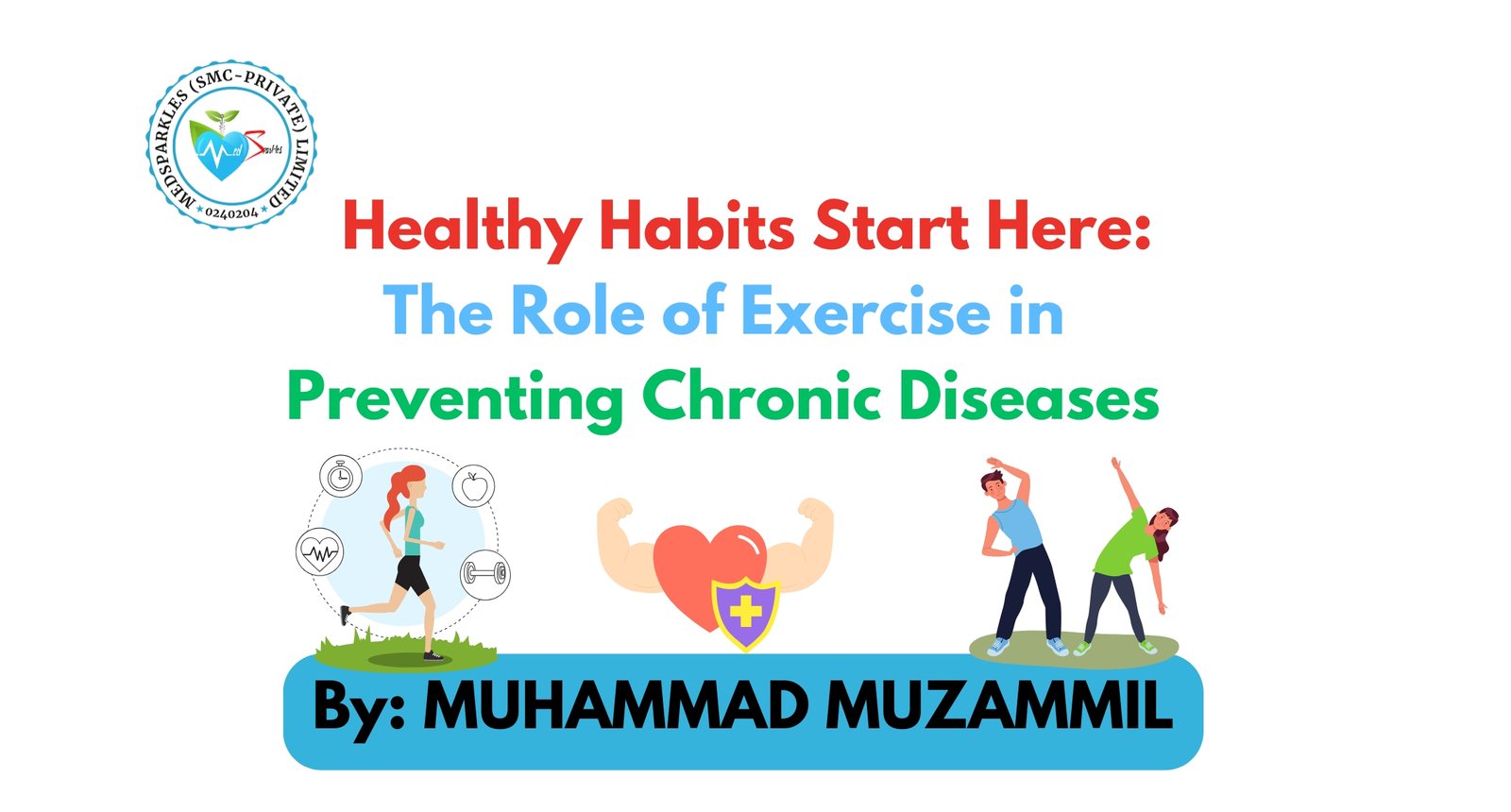
Antibiotics are the medications which can be bactericidal or bacteriostatic as bactericidal antibiotics kill bacteria directly while bacteriostatic antibiotics inhibit bacterial growth but don’t kill them directly instead allows the body’s immune system to eliminate the bacteria. In contrast, Antibiotic resistance occurs when bacteria no longer respond towards the antibiotic medications which used against them and as a result those antibiotics become ineffective, further cause a severe illness which can be difficult to treat ultimately leading to death in some cases.
Reasons of Antibiotic Resistance
Some of the reasons behind antibiotic resistance includes following:
- Misuse and over use of antibiotics
- Over-the-counter availability of antibiotics
- Biofilm formation
Sometimes, it can be a viral infection which cannot be treated with antibiotics as antibiotics only work against bacteria not against virus but nowadays antibiotics are commonly given even against viral infections as antivirals which is not a good practice which further become a cause of antibiotics resistance in future. This is known as misuse of antibiotics. Taking antibiotics incorrectly such as taking the wrong dosage, not completing the course properly, or taking them for the wrong type of infection are considered as misuse of antibiotics.
On the other hand, antibiotics even the last resort antibiotics are also available as over-the-counter (OTC) medications which is not a good practice at all.
Additionally, biofilm formation is also a major cause which contributes to antibiotic resistance particularly by creating a protective barrier which hinders the antibiotic penetration which further allows the bacteria to survive and persist in infections.
Main mechanism behind antibiotic resistance
The main mechanism in spreading of antibiotics resistance is the Horizontal Gene Transfer(HGT). It is a mechanism in which resistance genes may transferred between bacteria through plasmid, bacteriophage or other mobile genetic elements such as transposons or jumping genes. This mechanism further allows bacteria also the non-pathogenic ones to acquire resistance genes from pathogenic ones and spread across species.
Antibiotic resistance, a global crisis
Antibiotic resistance is a global crisis leading to the emergence of drug-resistant bacteria including multidrug resistance bacteria which further pose a serious threat to human and animal health. As AMR is a worldwide issue, affecting all regions particularly the developing countries.
Antibiotic resistance can lead to increased hospital stays and increased morbidity and mortality. It can lead to a pre-antibiotic era where common infections become untreatable due to lack of awareness and due to no availability of appropriate drugs.
Solutions
Combating AMR requires a number of things including:
- Preventing infections by promoting good hygiene, vaccination and appropriate use of antibiotics.
- Ensuring access to proper diagnostics and treatments by developing rapid and accurate diagnostic tools and effective antibiotics.
- Investing in research and development by developing new antibiotics and alternative therapies.
- Promoting antimicrobial stewardship by encouraging appropriate use of antibiotic for both human and veterinary medicine.
- Surveillance and monitoring of outbreaks to address AMR globally.
One Health Approach to tackle Antimicrobial Resistance
Addressing AMR requires a “One Health” approach which actually recognizes the interconnectedness of human, animal and environmental health and further implementing strategies across all the sectors.
Alternative approaches to combat Antibiotic Resistance
Keeping in view the one of the common issues of 21st century which is antibiotic resistance, several alternative strategies are used as antimicrobial agents including Phage therapy, probiotics, others including nanoparticles and plant-based compounds such as plant extracts or their essential oils against antibiotic resistance bacteria.

However, its not only a job of single person like doctor or researcher instead it needs a combine effort of doctors, researchers, scientists, pharmacists and even patients. This can be done by providing proper awareness and knowledge of antibiotics and their use among whole population. For doctors, it should be normalized to do an appropriate diagnostic test particularly the culture and sensitivity test before prescribing any antibiotic to patients.
Conclusion
Overall, antibiotic resistance is a major and common health concern among community and hospital settings which is due to misuse, over use of antibiotics along with over-the-counter availability of antibiotics even the last resort antibiotics which is not a good practice as it can lead to increases hospitalization stay and increased mortality among patients.
Frequently Asked Questions
Do antibiotics affective against viral infections?
No, antibiotics are the medications which only work against bacterial infections. For viral infections, antiviral drugs are effective.
What are the main causes of antibiotic resistance?
Misuse and over use of antibiotics along with the over-the-counter availability of antibiotics on many pharmacies.
What are the consequences of antibiotic resistance?
The common consequences include increased hospitalization stay and death among patients.
How to prevent antibiotic resistance?
It can be prevented by appropriate use of antibiotics, vaccinations and by practicing good hygiene.

